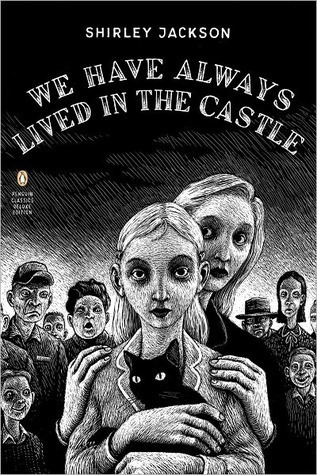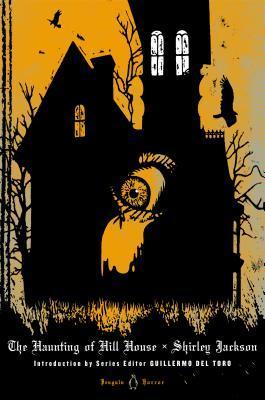
Book number 98 for 2023. 4/5 stars.
I really enjoyed this book, but it wasn’t quite what I was expecting. While it is a ghost story, the main plot line deals more with a lunatic psycho than the ghost. The ghost does figure into it, though. And, while this is billed as “Ghosts, #2” in a series, I have read all three, but not in the right order. They are standalone books, though, and the order that they are read doesn’t seem to be important.
The story begins in the past, approximately fifteen years ago, when Dave Quinn, a southern California surfer, watches a couple of teenage twin sisters get in trouble in some rough ocean water. Their mother foolishly allows them to play in a strong riptide, and they get caught up in it. Dave manages to save one, but the other slips away, even as he is struggling for his own life. He lives with guilt, through the years, that it is his fault that he didn’t save her.
Fast forward fifteen years, when Anne Morris, a young artist, moves to the town where Dave lives and works. She takes a job, working for the same company as Dave, doing artwork for their theater company. As the story unfolds, it becomes apparent that Anne is the sister who survived.
The aforementioned psycho turns out to be Edmund Dalton, the son of the owner of the company. Edmund is one of the best-written psycho villains I have ever seen. Blaylock really nails it with this guy. He is so delusional that he thinks everything that happens is either serendipitous, validating his actions, or because of how brilliant he must be. He also has issues that are almost shocking. And, to boot, he is stealing from his dad, Earl, (they call him The Earl, and his company is called Earl of Gloucester), who doesn’t want to hear anything about it. There is also a brother, Casey, who struggles with drinking, but is also an avid surfer and best friends with our “hero,” Dave.
The plot twists and turns as Dave and Anne become romantically involved and Edmund gets jealous because he has desires for Anne as well. Edmund also hates Collier, the guy who actually oversees the small theater, and is trying to get rid of him by framing Collier’s daughter, Jenny, for starting fires. Edmund also appears to be somewhat of a pyromaniac. Once again, I cannot overemphasize what a great job Blaylock did of writing this creep.
In the midst of all of this, Dave, Anne, and Edmund keep seeing the ghost of Anne’s twin sister, Elinor. Edmund, of course, believes that he has summoned this ghost and that she is his partner in crime. That’s how delusional he is.
For the most part, this is well-written. However, I noticed a rather strong incongruity, toward the end. There is a chapter where Edmund tries to capture Anne, and Dave saves her, and Edmund runs away and hides. All of a sudden, in the next chapter, Edmund has Anne captive, duct-taped in a room and lures Dave into the room to either kill or capture him, as well. There is no explanation of how Edmund caught Anne . . . he just suddenly has her. I found this to be somewhat confusing. But it didn’t really diminish my enjoyment of the book.
TTFN, y’all!





